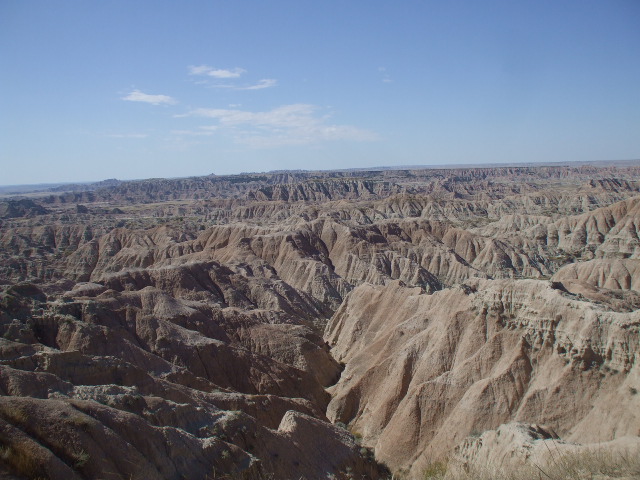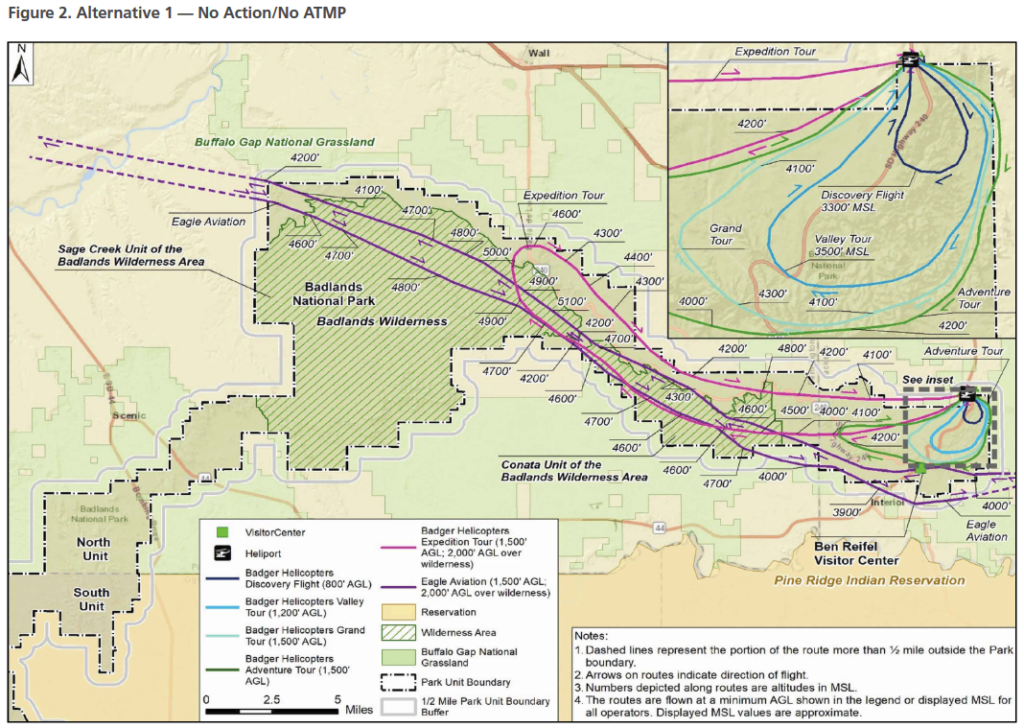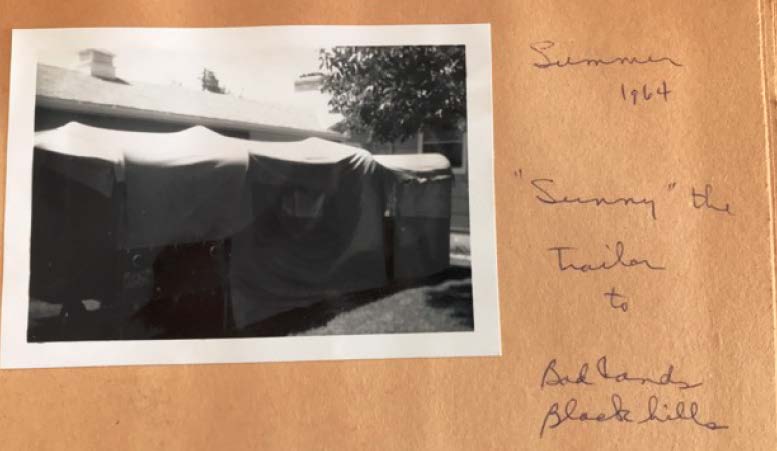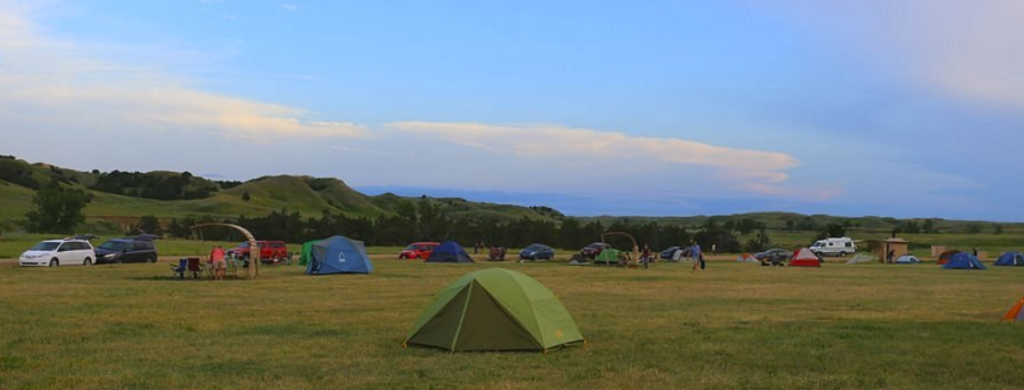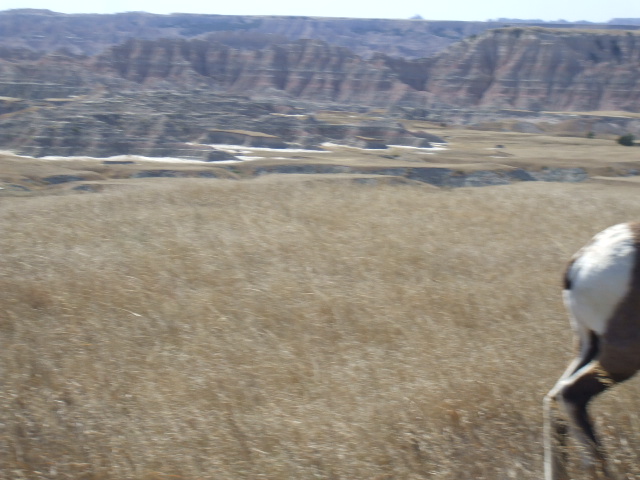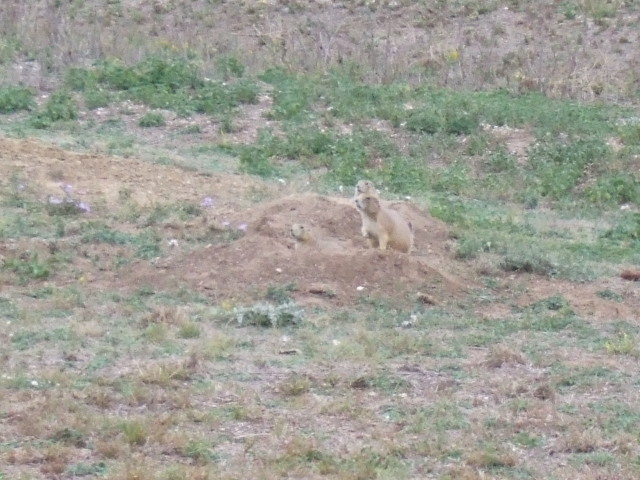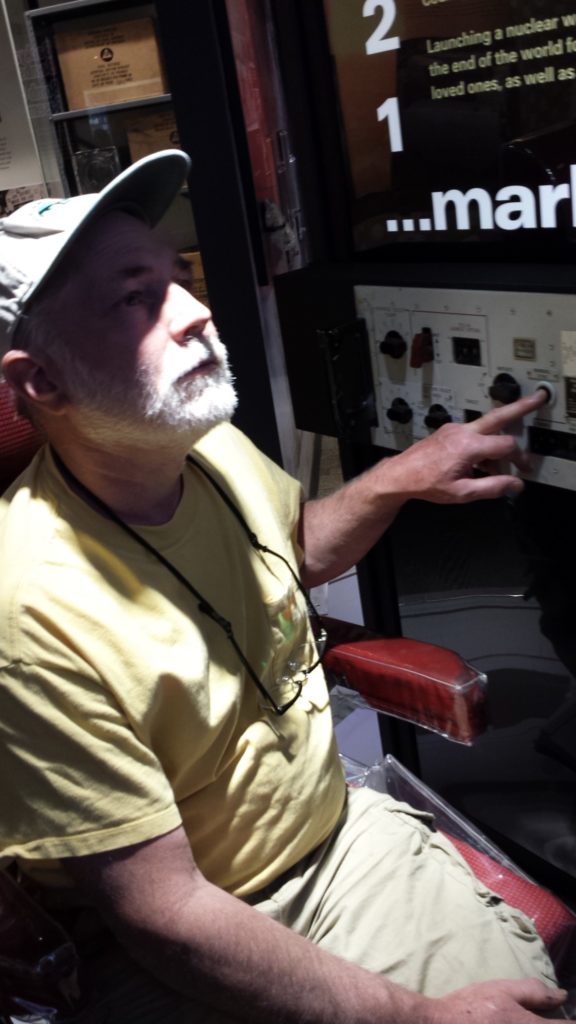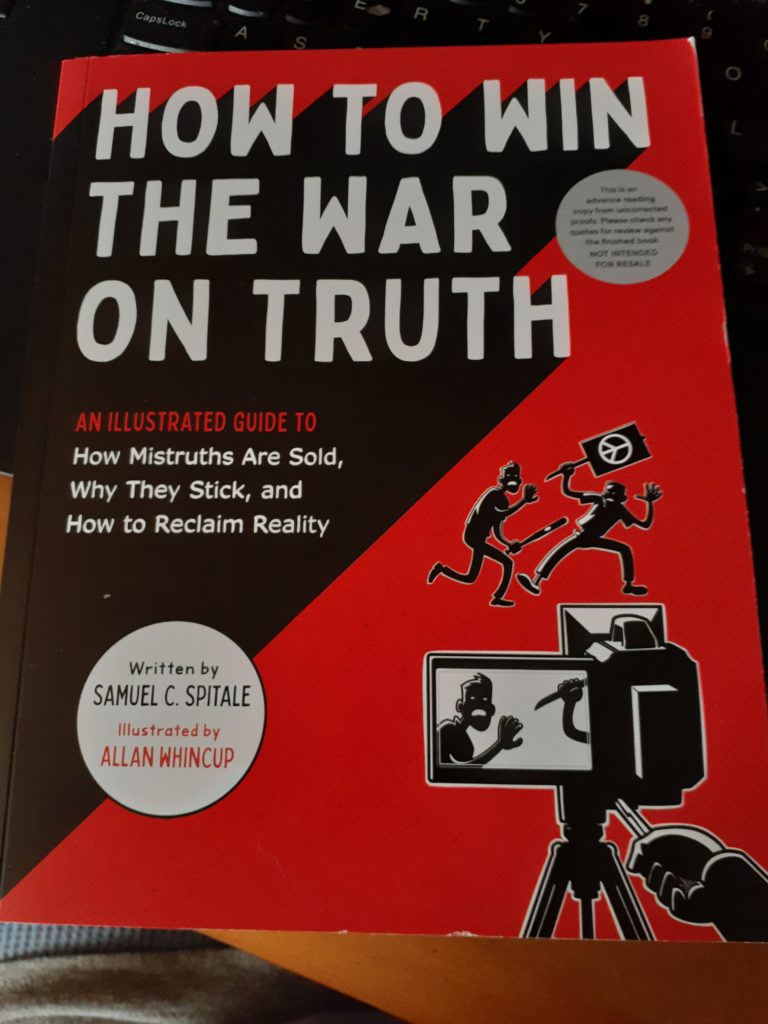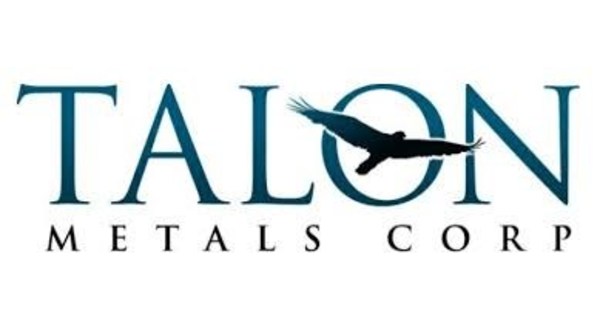Wisconsin Xmsn Application Filing Requirements
September 15th, 2022
Today, Comments were due (1:30 p.m., whew, just under the wire):
This is regarding the Wisconsin Public Service Commission’s Application Filing Requirements. To look at the docket, go HERE – DOCKET SEARCH and search for 5-AFR-100.
It looks like other than DATCP (DATCP Comments) and ATC (American Transmission Company Comments on Proposed Application Filing Requirements for Transmission Line Projects), I’m the only one filing comments.
HOW CAN THIS BE?
Oh, but wait, look at this on the notice:
Here’s the full notice:
Comments – Badlands Nat’l Park air tour plan
September 10th, 2022
The National Park Service and the Federal Aviation Administratio, have announced an open period for Comments on its “air tour management plan.” And here is the scoping document with “potential alternatives for public comment,” rather short and sweet as these things go:
AIR TOUR MANAGEMENT PLAN
The “No Action Alternative” would be to continue air tours as have been happening, to recap:
Here’s the park, not that the tours are staying in the “North Unit” and not venturing into the “South Unit” operated jointly by the National Park Service and Oglala Sioux Tribe:
Check out the alternatives — what do you think?
Comments are due by 11:59 p.m. on October 6, 2022, and there’s no email option. Comments may be sent online using the park’s system at https://parkplanning.nps.gov/BadlandsATMP
… or use the form at the end of the plan, and send in writing to:
I have a soft spot for the Badlands, having been there in my “formative years,” and a few times since. When thinking of the Badlands, what floods into my brain is what a struggle it was for us, moi at 8 years old, to set up our BIGLY HUGE family tent trailer, “Sunny,” in a torrential rain, in the dark, with mud up to our ankles.
It was such a mess, wind soaking the tent, and blowing it around as we tried to set up. I remember my father trying to pound stakes into the mud, the wind blowing and we were all soaked… maybe that’s part of why my lil’ bro’ hates camping, and yet it fascinates me?!?!?! The Badlands can be so hellishly hot, but for sure that was NOT our August 1964 experience!!
From the photos and google earth, I’m guessing we were at the Sage Creek campground.
On the way to the Badlands, circa 2007, lots of white butts…
And 2016, even closer:
Lots of these cute little guys:
And of course nearby in Custer State Park, VERY nearby, close enough to be wary:
And don’t forget the Minuteman Missile National Historical Site, Interestate 90 at the 131 exit, where you can push the nuclear button:
The War on Truth
September 6th, 2022
Talon Mine & another CO2 capture scam?
September 1st, 2022
Rio Tinto Press Release from February 2022 about its Talon mine (Talon Metals, Talon Nickel, whatever…):
DOE backs Rio Tinto led team to explore carbon storage at Tamarack
Did we learn nothing from the Mesaba Project and their bogus “carbon capture and storage” scam? Apparently not, here we go again…

Tesla will buy nickel from planned Talon Metals Minnesota mine
Here’s Talon’s June 2022 powerpoint:
This project is planned for the area around Tamarack, north mostly.
The Talon application to “continue” the “exploration plan” was approved earlier this year by the DNR, on April 12, 2022 (scroll down at link), less than a month after it was applied for!
The initial “exploration plan” was approved by the DNR on April 5, 2021:
Oh, but wait, that’s NOT the initial plan, there were two earlier applications to the DNR, also approved, oh, make that FOUR:
Just filed – Petition for Reconsideration – Freeborn Wind
August 28th, 2022
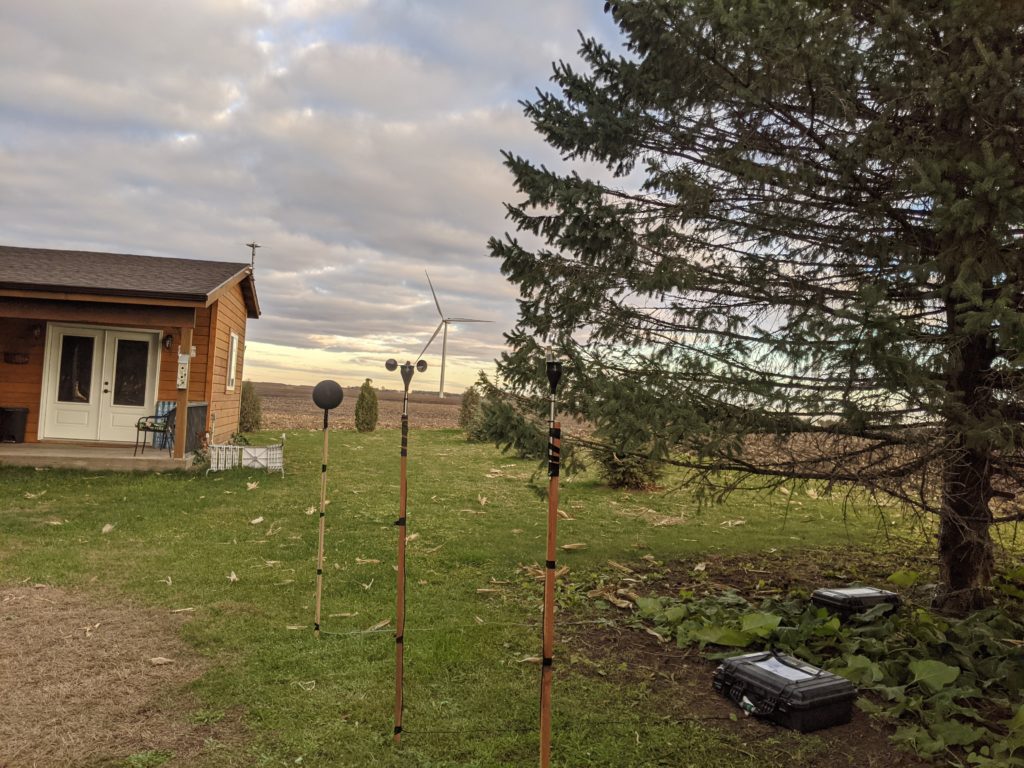
Testing, one, two! Check, HEY!
On August 8, 2022, the Minnesota Public Utilities Commission issued its “Order Accepting Post-Construction Noise Monitoring Report and Compliance Review.” It’s a jaw-dropper:
And so, 20 days later, we file:
Onward. Xcel Energy has 10 days to respond, well, anyone who wants to has 10 days to respond, and then the Commission will take it up, or not and let it languish and be denied by default.




